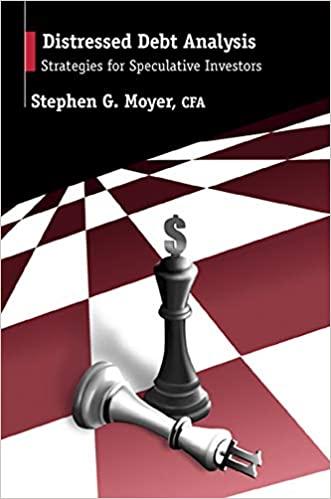a. Calculate the expected rate of retum, F^B, for 5 tock B ( F^A=11.90%.) Do not round intermediate calculations. Round your answer to two decimal places. b. Calculate the standard deviation of expected returns, E, for 5 tock A(B=21.33%.) Do not round inteimediate calculations. Round your answer to two decimal places. %5 Now calculate the coefficient of variation for Stock B. Do not round intermediate calculations. Round your answer to two decinal places. Is it possible that most investors might regard Stock 8 as being less risky than Stock A ? 1. If Stock. B is less highly correlated with the market than A, then it might have a lower beta than stock A, and hence be lesil riaky in a) portfolio sense. 1t. If Stock, B is less highly correlated with the market than A, then it might have a higher beta than 5 tock A. and hence be more risky in a portfolio sense, III. If Stock B is more highty correlated with the market than A, then it might have a higher beta than Stock A, and hence be less risky in a portfolio sense. a. Calculate the expected rate of return, r^B, for Stock B(rA=11.90% ) Do not round intermediate calculations, Round your answer to two decin places. b. Calculate the standard deviation of expected returns, A, for Stock A(B=21.33%.) Do not round intermediate calculations. Round your answe two decimal places. % Now calculate the coefficient of variation for Stock B. Do not round intermediate calculations. Round your answer to two decimal places. 1s it possible that most investors might regard Stock B as being less risky than stock A? 1. If Stock B is less highly correlated with the market than A, then it might have a lower beta than stock A, and hence be less risky in a portfolio sense. 11. If Stock B is less highly correlated with the market than A, then it might have a higher beta than 5 tock A, and hence be more risky in a portfollo sense: IIt. If Stock B is more highly correlated with the market than A, then it might have a higher beta than stock A, and hence be less risky in a portfolio sense. IV. If Stock B is more highly correlated with the market than A, then it might have a lower beta than Stock A, and hence be less rishy in a portfolio sense. V. If Stock B is more highly correlated with the market than A, then it might have the same beta as 5 stock A, and hence be fust as risky in a portfolio sense. c. Asssume the risk-free rate is 3.5%. What are the Sharperatios for Stocks A and B? Do not rovind interniediate calculations. Round your answers to four dechmal places. Assume the risk-free rate is 3.5%. What are the Sharpe ratios for Stocks A and B ? Do not round intermediate calculations. Round your answers to four decimal places. Stock A: Stock B: Are these calculations consistent with the information obtained from the coefficient of varlation calculations in Part b? 1. In a stand-alone risk sense A is less risky than B. If Stock B is less highly correlated with the market than A, then it might have a higher beta than Stock A, and hence be more risky in a portfolio sense. II. In a stand-alone risk sense A is more risky than B. If Stock B is less highly correlated with the market than A, then it might have a fower beta than Stock A, and hence be less risky in a portfolio sense. III. In a stand-alone risk sense A is more risky than B. If Stock B is less highly correlated with the market than A, then it might have a higher beta than Stock A, and hence be more risky in a portfolio sense. IV. In a stand-alone risk sense A is less risky than B. If Stock B is more highly correlated with the market than A, then it might have the same beta as Stock A, and hence be just as risky in a portfolio sense. V. In a stand-alone risk sense A is less risky than B. If stock B is less highly correlated with the market than A, then it might have a fower beta than stock A, and hence be less risky in a portfolio sense









